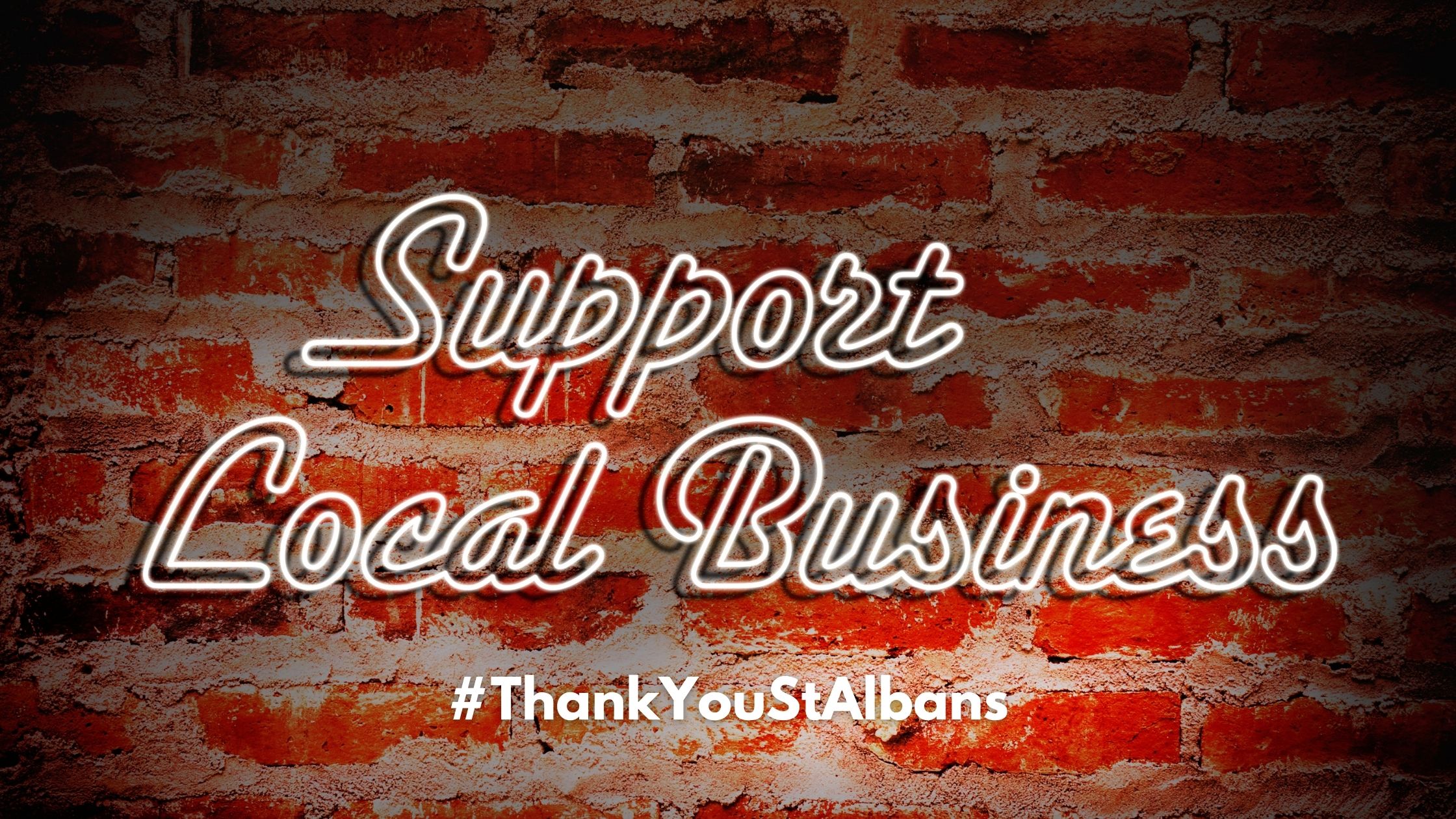As a marketing agency working across numerous retail clients, from independent stores local to St Albans, to multi-store shopping centres across England, Wales and Northern Ireland, at OnBrand we were keen to hear from retail footfall experts, ShopperTrak, on their Q4 predictions, given the rather unpredictable year we have been having so far.
The agenda covered Summer Traffic Trends, Current Propensity to Purchase, Consumer Sentiment and Q4 Predictions, delivered by a panel of experts: Andy Sumpter and Chris Fowler from ShopperTrak, plus Kyle Monk from the British Retail Consortium.
UK footfall in recovery

Starting with a snapshop of footfall trends across Europe, the UK’s position was explained as slow but steady recovery. Having gone later into lockdown than other countries, but alongside the others in coming back out, the overall impact on footfall was reduced compared to others such as France and Spain, still struggling to encourage consumer demand onto their high streets.
UK retail traffic numbers improved quickly post-lockdown, despite active cases of COVID-19 increasing. This suggests that retailers succeeded in acting quickly to create a safe shopping environment, and that the UK saw a surge of pent-up demand for shopping when stores re-opened, beyond topping up on essentials. As trips to the high street and shopping centres became part of normal life again, many felt the need to escape the lockdown bubble of a restricted home, work and family life, confined to the same four walls.
Cities suffered the most from decline in traffic
With commuters worldwide told to stay home, understandably, the major cities have suffered most from the sudden drop in footfall. We know a huge majority turned to shopping online, but interestingly, UK retail parks have bucked the footfall trend, outperforming all other shopping options, both throughout lockdown and with an ongoing trend in recent months.
Compared with traffic levels seen by high streets, shopping centres and outlets, retail parks have jumped ahead of their usual path since early March and are still welcoming the majority of visitors today. This could be down to shoppers feeling safer in a predominantly outdoor setting, with easy car parking, established click and collect services and a relatively speedy shopping experience. It also fits with DIY and home improvements growing in popularity during lockdown, with many of us finding time to finish that ever-growing list of home projects.
Saturday shopping now spread over the week
One of the most interesting facts to come from the webinar was new evidence of a change in daily shopping patterns. Saturday shopping has changed since the pandemic: it is not the big family shopping day that it once was.
The average weekly traffic mix by day of the week is either slightly more or equal to the pre-lockdown %. But Saturday traffic dropped the most during lockdown, and has remained lower than before. Pre-pandemic, Saturday enjoyed 20% of the week’s traffic, dropping to 16% in lockdown, and only creeping back to 18% in recent months.
Perhaps, with offices closed across the country, instead of shoppers looking forward to weekend family retail and leisure time, they have become used to spreading their visits across the week? We welcomed the news during lockdown that working from home had a positive effect on rediscovering the local high street. Popping to the shops now doesn’t need to wait until the weekend, with reduced commuting time and more flexible working hours making #shoplocal mid-week trips more accessible.

Shoppers know exactly what they want
And now for the good news! Shoppers are more purposeful when they visit. They are planning fewer spontaneous purchases, so are more decisive and make a journey for a specific reason, which means conversion rate and average transaction value have both seen a jump since stores reopened. With a resulting 26.9% increase in Sales per Shopper, this is positive news as we approach peak shopping season. With footfall continuing to climb, every shopper walking in through the door has become more valuable.

What does this mean for retailers?
Now, more than ever, retailers need to work hard to get their customer experience right first time. Ensure the right staffing levels are in place across the whole week, not just at weekends. Train each and every team member on new safety measures, and how to manage a customer’s needs in the current climate.
The retail environment needs to be seen with new post-COVID eyes, where touching and testing products is restricted, shoppers are cautious to enter and spend shorter time just browsing. How can retailers reassure shoppers? By making sure their payment process is slick, ideally contactless. By working hard to make click and collect procedures satisfactory for both those shopping in store and those dropping by to collect. Anything to avoid delays, frustrations or unsightly, lengthy queues.
At OnBrand, we have helped clients through the pandemic by using their marketing channels to better communicate with shoppers who may not be currently visiting stores. What time of day is the best to visit? Which stores are open? Are there special offers available?
In the webinar, ShopperTrak suggested that footfall counters could help share this information with the shopping public, perhaps recommending lower volume shopping days by making the stats highly visible on a retailer homepage? We implemented exactly this tool recently with Fairhill Shopping Centre in Ballymena, using a simple traffic light system indicating when the centre was at its busiest, and therefore best to avoid, or calmer and safe to visit.
We have also created social media plans that share friendly reminders of new safety measures put in place, ideally with day to day real customer satisfaction. In this time of uncertainly, all shopping information shared needs to be up to date, whether on in-store posters, Google My Business directories, local community websites or social media chat groups, especially when opening hours change regularly, or new government measures are put in place.
We have found that shoppers can handle change, such as a new one way system, separate entrances and exits, or the requirement to wear a facemask, but they do need to know in advance and it may take a few reminders before it becomes the norm. Our OnBrand radio and messaging system, Centre Radio, has proven essential to many of our clients, giving them the ability to create and load their latest safety messaging and government procedures in record production times.
Will 2020 be an online Christmas?
When surveying consumer sentiment post-COVID, and shopping intentions for the rest of the year, ShopperTrak found a number of positives for the high street.
Customers have more choice than ever to buy online, and unsurprisingly, 64% of consumers expect to use websites with home delivery this Christmas. But, alongside this online commitment, the intention is still also there to shop instore, use click and collect or buy online and collect curb-side.

Festive planning has been brought forward this year, as something for everyone to look forward to. For over a quarter of shoppers, Christmas shopping will have already started by September, with only 16% intending to leave festive planning until December. With the lack of opportunity to spend this year across both travel and hospitality sectors, there is potentially an opportunity for the retail sector to increase its share of pocket towards the end of the year.
However, shoppers are still price-conscious, with 48% mentioning that price would be a key factor when shopping in-store this Christmas. And the aversity to weekend shopping looks here to stay, with 82% of shoppers choosing weekdays rather than waiting for the weekend.

Despite 18% of shoppers planning to shop exclusively online, the in-store customer experience is still high on the agenda. Gifting inspiration, try before you buy, general convenience and advice from sales staff were all quoted as top reasons to visit stores this year, even with social distancing measures in place.

Unfortunately for high street retailers, 63% of those surveyed stated that they would shop less in-store this year, compared to previous years. This follows the post-COVID behaviour pattern mentioned earlier, identifying current shoppers as more focused on fewer trips, but spending more money per visit. This year they are not intending to hang around to browse or enjoy shopping as a leisure activity.
Safety is the key concern, both around how fellow shoppers will adhere to the rules, and the risk of contracting COVID-19, as well as the impact of social distancing on the overall shopping experience. Again, retailers should bear this in mind when preparing stores for shoppers currently in a different state of mind from past peak shopping seasons.

ShopperTrak’s predictions for peak shopping days in 2020
The webinar presented the following as critical factors that needed to be taken into account when predicting peak shopping days this year:
- Weekends will lose emphasis as weekday shopping has levelled out
- Retailers have brought forward some sale opportunities, which may impact traditional Black Friday or Super Saturday pre-Christmas peaks
- Shopper surveys indicate that most people intend to shop less this year
- As well as shoppers planning to shop earlier this year
- E-commerce will have significant impact on in-store retail sales this year
The following dates are predicted to be the peak in-store shopping days for 2020:
- Saturday November 28th – Day after Black Friday
- Monday December 28th – Bank Holiday
- Saturday December 19th – Super Saturday
- Saturday December 12th – Saturday before Super Saturday!
- Saturday December 26th – Boxing Day
We will certainly be using this insight in our own marketing plans, as well as advising clients on how best to use their remaining Q4 marketing budgets. If you would like a pre-Christmas marketing strategy audit, website customer journey review or social media content refresh, please get in touch on 03333 220022 or [email protected].


